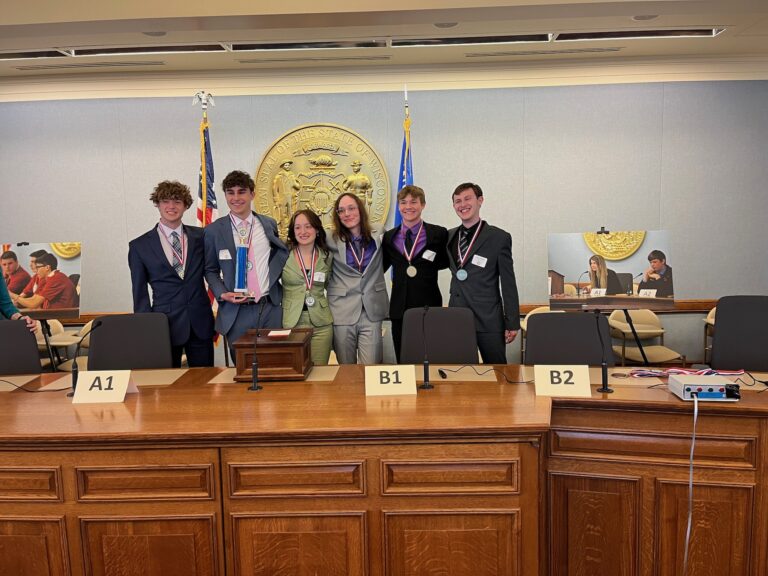Weekly Fiscal Facts are provided to Wisconsin Newspaper Association members by the Wisconsin Policy Forum, the state’s leading resource for nonpartisan state and local government research and civic education. The Wisconsin Policy Forum logo can be downloaded here.
In 2007, nearly 11 million tons of trash were deposited in Wisconsin landfills, with nearly 2 million tons coming from other states. By 2021, that number had dropped to 8.2 million tons, with only 315,000 tons of out-of-state trash.
Changes in the state’s fees on landfill deposits, the impact of recessions, and a heightened focus on reducing waste by industry, governments, and individuals have led to decreases in landfill use. In particular, fee changes in Wisconsin and Illinois provide striking examples of how changes in state can produce big effects.
Between 2007 and 2021, the amount of trash deposited in Wisconsin landfills each year fell by 24.9%, a decrease of more than 3 million tons. The impact was staggering – that missing trash could fill Lambeau Field roughly halfway to the top.
The last few years, deposits have remained relatively stable. The per capita volume of garbage sent to Wisconsin landfills fell in 2020 to 1.37 tons, the lowest amount in at least two decades, state data show. Despite a modest uptick in 2021 to 1.39 tons, the per capita amount was still the third-lowest since 2000.
Taking care of this trash – and recycling some of it – cost cities, villages, towns, and counties nearly a half billion dollars in 2021. When trash is collected from homes and businesses in Wisconsin, waste haulers take it to disposal sites. Waste haulers include local governments and private businesses under contract with local governments. Like waste haulers, landfills are operated by both private businesses and local governments.
State law imposes charges known as tipping fees on nearly every ton of trash delivered to landfills.
State fees on this waste generated an average of $75.5 million per year in revenue used to fund environmental cleanup and recycling programs across Wisconsin.
As part of the 2007-09 state budget, the fee on most non-industrial trash was more than doubled, from $5.90 to $13 per ton. This fee increase, which took effect in October 2009, was followed by a dramatic drop in landfill deposits, especially for out-of-state trash.
Wisconsin’s decreased landfill volumes since 2008 also were driven by reduced consumption and industrial output because of the Great Recession. Industries have also worked to reduce the amount of waste they generate, and the paper industry, a key player in Wisconsin, is a leader in this field.
Overall, Wisconsinites are generating and receiving less trash, and that has significant environmental benefits. However, this trend may result in diminishing or at least relatively stagnant revenues for the state environmental fund over time.
This information is a service of the Wisconsin Policy Forum, the state’s leading resource for nonpartisan state and local government research and civic education. Learn more at wispolicyforum.org.



